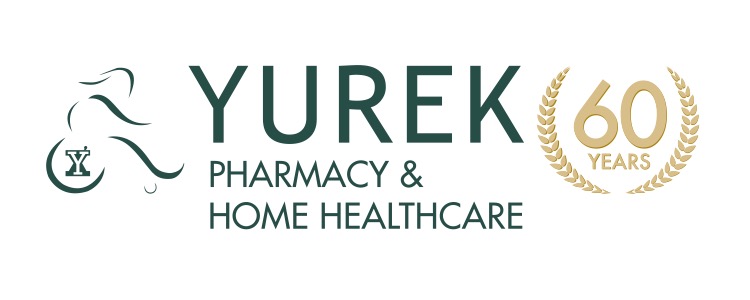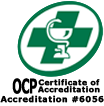By Vishal Mehta, BPharm, RPH
It is the second most common headache disorder and the most disabling neurological condition globally.
A severe migraine attack is as disabling as being quadriplegic, psychotic, or in a terminal stage of cancer. Commonly undiagnosed and under-treated, despite its prevalence. Attributed to inflammatory chemicals which affect the blood supply in the brain and pain transmission. Migraine is the leading cause of work absence- impacting 25% of employees.
How do you know if you’re suffering from migraines?
Use the ID migraine screening tool:
- Do you feel nauseous when you experience headache pain?
- Does light trouble you have headache pain (much more than when there is no headache)?
- Does your headache ever limit your ability to work, study, or do something that needs to be done for at least one full day?
If you answered yes to at least two of three you could be experiencing migraines.
Ways to manage migraines:
- Medications – acute to treat an active migraine headache and chronic to prevent migraine headaches.
- Getting better sleep
- Engaging in relaxation/meditation and better breathing exercises
- Avoid medication overuse, which otherwise would lead to medication overuse headaches.
- Managing a better diet certain foods behave as triggers for migraines.








